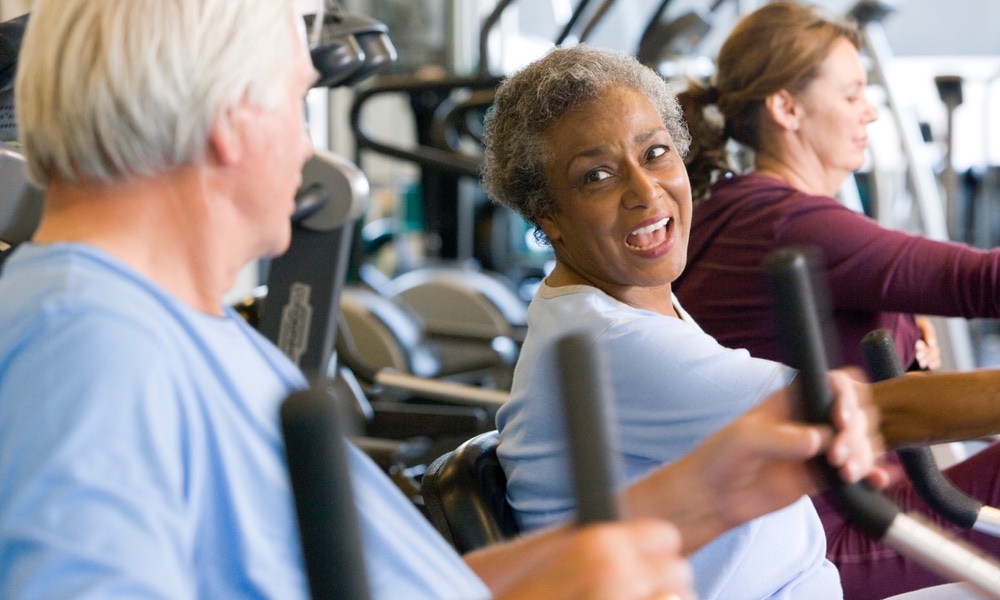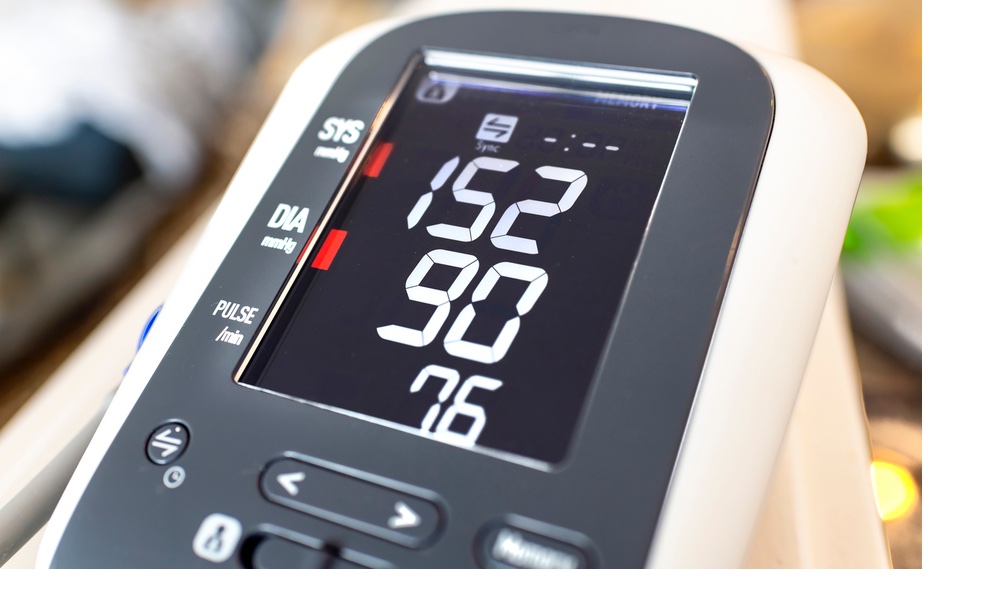Ask several doctors if your cholesterol level is too high and you'll probably get the same answer from all of them. Ask the same doctors if you're getting enough exercise and you'll probably get confused.While most of the guidelines recommend similar amounts of total exercise, many differ on how the exercise is to be divided up.
The purpose of exercise guidelines issued by health agencies is to show the minimum amount of activity required for good health. Is a person getting enough exercise or not? A team of British researchers set out to test the agreement among six guidelines issued by the American Heart Association, the US Institute of Medicine, the UK Department of Health and other agencies.
What they found was a lot of confusion and inconsistency.
While most of the guidelines recommend similar amounts of total exercise, many differ on how the exercise is to be divided up. Some give a weekly total while others require the exercise to be done on four or five different days. Some count any amount of exercise while others require a minimum duration (most often 10 minutes) for the exercise to be counted. This means that climbing stairs counts under some guidelines but not others.
These may sound like minor differences, but they strongly affected whether or not an individual in the study was classified as getting sufficient exercise or not.
Anywhere from 11% to 98% of the study members could be said to be getting sufficient exercise, depending on which guideline was used. And people say that numbers don't lie!
What's the take home lesson here? Probably that there's disagreement as to how to count exercise but broad agreement on how much of it makes for a healthy minimum. Five of the six guidelines studied recommend similar amounts of moderate exercise: 30 minutes a day for four days a week, 30 minutes a day for five days a week, 120 minutes total per week or 150 minutes total per week. Whether the activities you do trying to meet these guidelines count as exercise or not, they're still healthier than time spent camped out on the couch.
Today's exercise recommendations are different than those of 10 years ago. Future recommendations will likely be different still. The researchers hope that this study will help in making those future guidelines more consistent than those of today.
The study was performed on 90 healthy men aged 45-64. All were non-smokers who were not taking medication and who had a body mass index of 35kg/m2 or less. Exercise was estimated using actual metabolic measurements from sensors worn continuously by the participants for nine consecutive days (not from questionnaires or diaries).
Researchers from the School for Health at the University of Bath and the Health and Social Care Institute of the University of Teesside headed the study. The research was published in the February 2009 issue of PLoS ONE.




